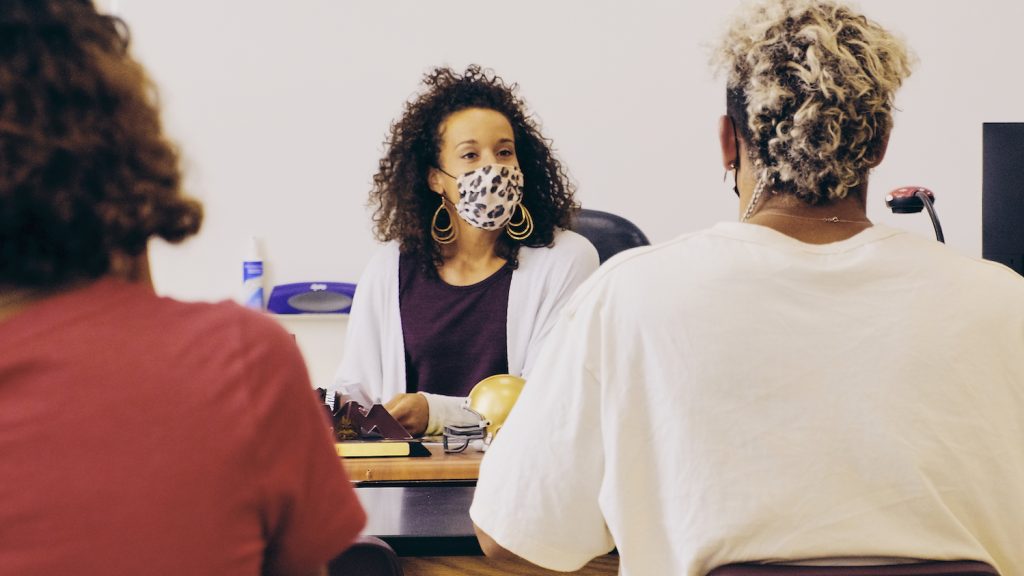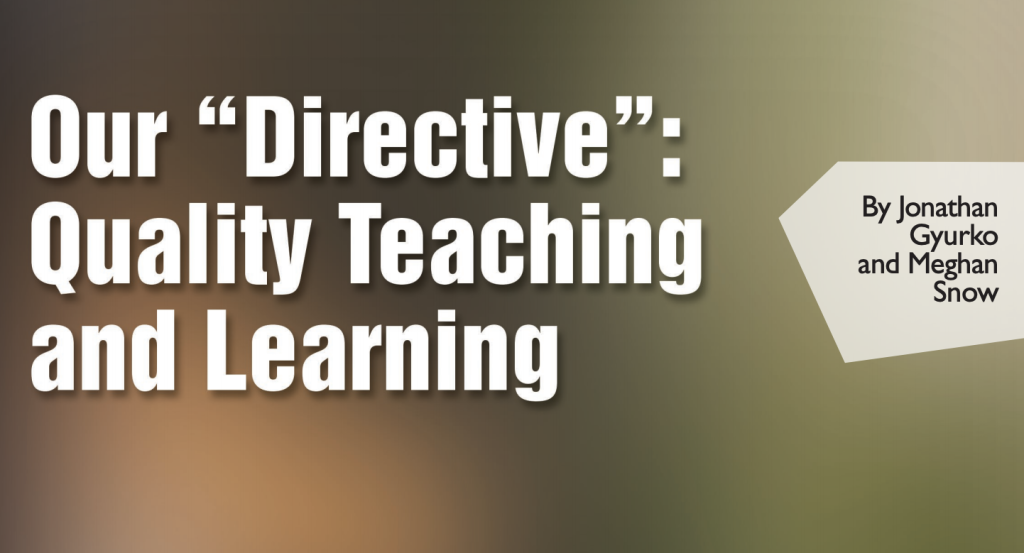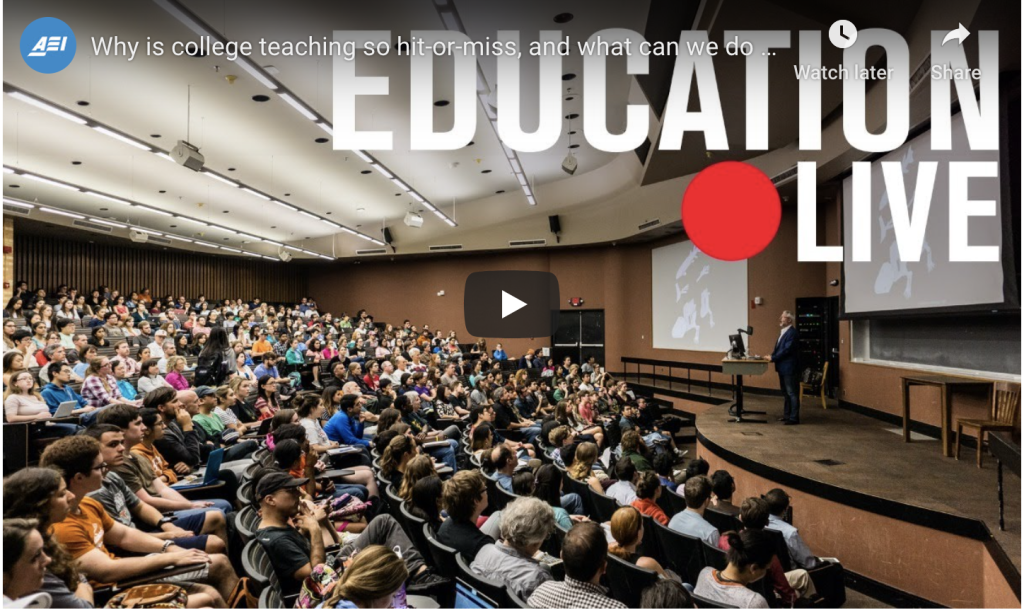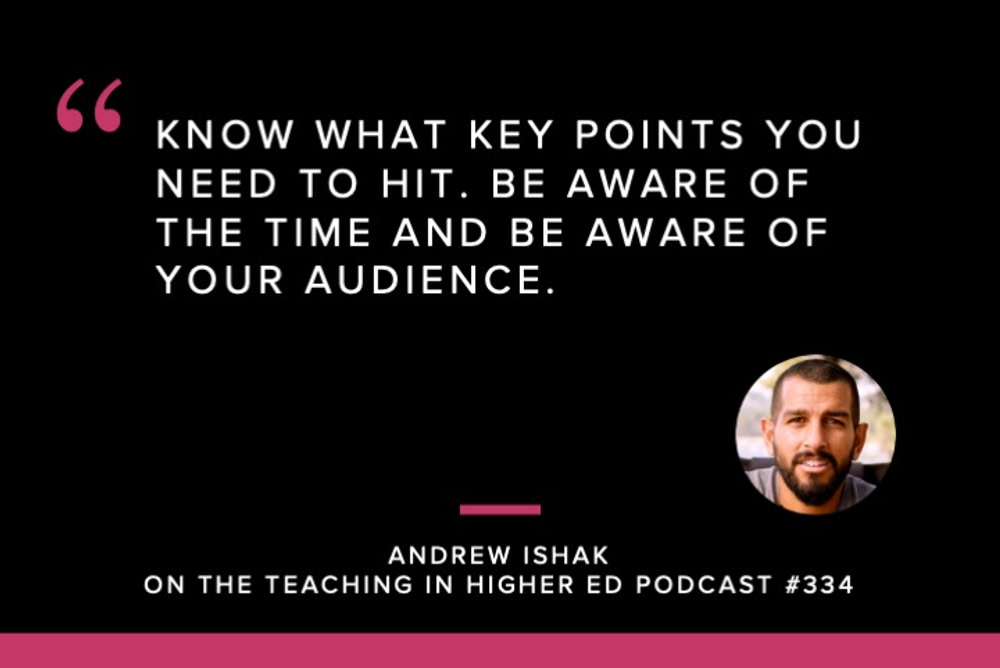Building an Effective Teaching Community at Texas A&M University-Corpus Christi

Much of the discussion around COVID-19 and higher education has understandably focused on the impact on student learning and outcomes. However, students aren’t the only ones feeling the effects of social distancing. Most of the 1.5 million college and university instructors across the country have been challenged to find new and creative avenues to build […]
Florida A&M University Faculty Focus on Educating 21st Century Students

FAMU Faculty Pursue Instructional Excellence through ACUE Programs Dr. Rebecca Blankenship, an educator of nearly twenty years, recognizes the most effective teachers are the ones who aren’t afraid to regularly reflect on their teaching methods in light of the evolving needs of their students. Blankenship, whose background is in second-language acquisition and instructional technology, is […]
Call for Faculty Participation

Help Your Colleagues Create More Equitable Courses and Learning Environments ACUE is seeking instructors who know and are willing to demonstrate teaching practices designed to create more equitable courses and learning environments. Due date for submitting: Friday, December 4, 2020 An essential component in every ACUE modules is the demonstration video that allows our course […]
Thank you to Resilient Educators
We at the Association of College and University Educators (ACUE) realize faculty across higher ed are in the homestretch of a challenging fall. We are grateful for the resiliency you’ve shown to help your students continue to thrive! Behind every resilient student is a resilient educator.
Planning Guide: Using Points to Encourage Student Behavior

A new year and academic term is just around the corner! In this post, I continue with our “Back to Class” series to share a teaching practice that you may find helpful as you plan for a new semester—whether in a classroom or a virtual learning environment—to support deeper engagement and learning. Using Points to […]
Our “Directive”: Quality Teaching and Learning: Change Magazine

The cover of this Fall’s Change magazine features a clarion call for student success and equity through quality instruction. Authored by ACUE’s Meghan Snow, executive director of analytics, and Jonathan Gyurko, president and co-founder, the piece summarizes six years of ACUE’s research on effective teaching and program evaluations with partner colleges and universities. Studies use […]
We can measure the impact of good teaching.
The Future of Faculty: Supporting Adjuncts to Create High-Quality Teaching and Learning

For decades, Adrianna Kezar has studied higher education’s ever-growing reliance on adjunct and contingent faculty. According to her research, nearly two-thirds of United States faculty exclusively teach, but few of them receive enough professional support to create high-quality teaching and learning environments for students. That’s a problem and an opportunity, she says, because the faculty’s […]
Why Is College Teaching so Hit or Miss?

“Why is college teaching so hit or miss?” asked Rick Hess, Director of Education Policy Studies at the American Enterprise Institute, in a recent web talk with historian Jonathan Zimmerman, author of The Amateur Hour: A History of College Teaching in America. Joining the lively discussion were Aimée Eubanks Davis, founder and CEO of Braven, […]
Learn, Teach and Satirize with Video

